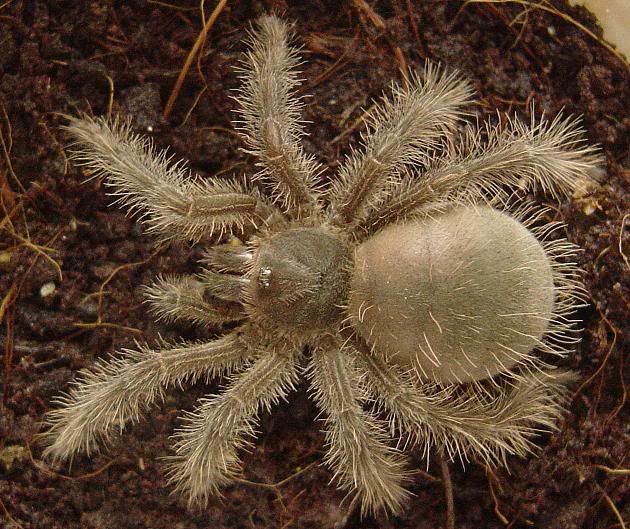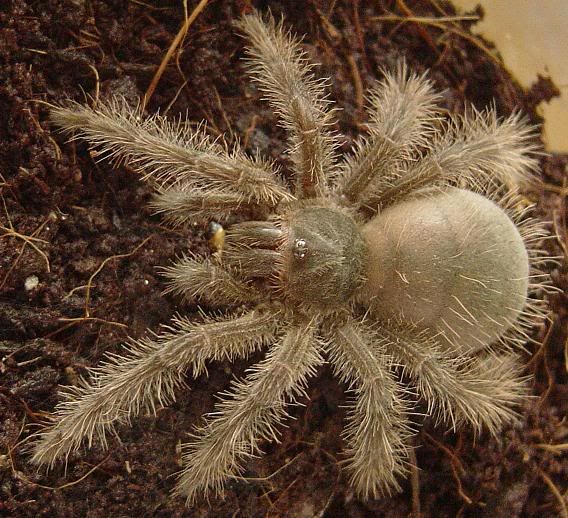- Joined
- Nov 12, 2003
- Messages
- 431
Hi Steve,
TINTER noted 1991 in the Description of Pseudotheraphosa apophysis that they differ from Theraphosa blondi that they possess a stridulation organ on the Coxae II and the thinner Femur of leg I-IV.
TINTER noted 1991 in the Description of Pseudotheraphosa apophysis that they differ from Theraphosa blondi that they possess a stridulation organ on the Coxae II and the thinner Femur of leg I-IV.




